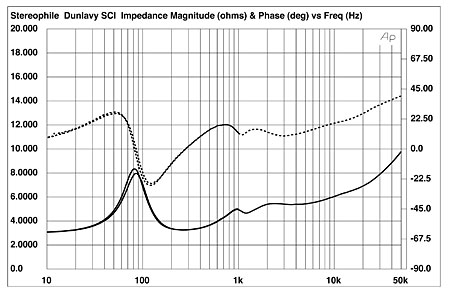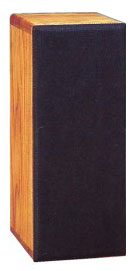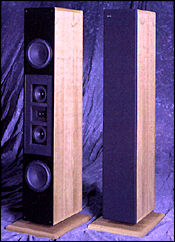I have been using a 100W Yamaha RN303D amp with my Dunlavy SC-IIs. The amp is the entry-level model, which the manual and on-device marking specify to use only with 8Ω speakers, although the manual provides power figures for 4Ωs. Its well-known bigger brother, the RN803D, does not have such limitations.
The Dunlavys are specified at a nominal impedance of 4Ω, with a minimal of 3Ω and max 7.5Ω. I couldn't find the impedance graph for SC II's but the graphs for the slightly smaller SC-Is is as follows:

I haven't felt any amp overheating or sighs of clipping. The is sometimes a hardness in the low mids, but this may have to do with the combination of placing the speakers close to the side walls and 1st order quirky polars. I feel that in some cases, low and mid-bass may be a bit underwhelming but this is not universal for all tracks.
Is it possible that there is performance loss especially in the bass, given this impedance mismatch? Will a quality class D amp provide any noticeable improvement in quality?
The Dunlavys are specified at a nominal impedance of 4Ω, with a minimal of 3Ω and max 7.5Ω. I couldn't find the impedance graph for SC II's but the graphs for the slightly smaller SC-Is is as follows:

I haven't felt any amp overheating or sighs of clipping. The is sometimes a hardness in the low mids, but this may have to do with the combination of placing the speakers close to the side walls and 1st order quirky polars. I feel that in some cases, low and mid-bass may be a bit underwhelming but this is not universal for all tracks.
Is it possible that there is performance loss especially in the bass, given this impedance mismatch? Will a quality class D amp provide any noticeable improvement in quality?


